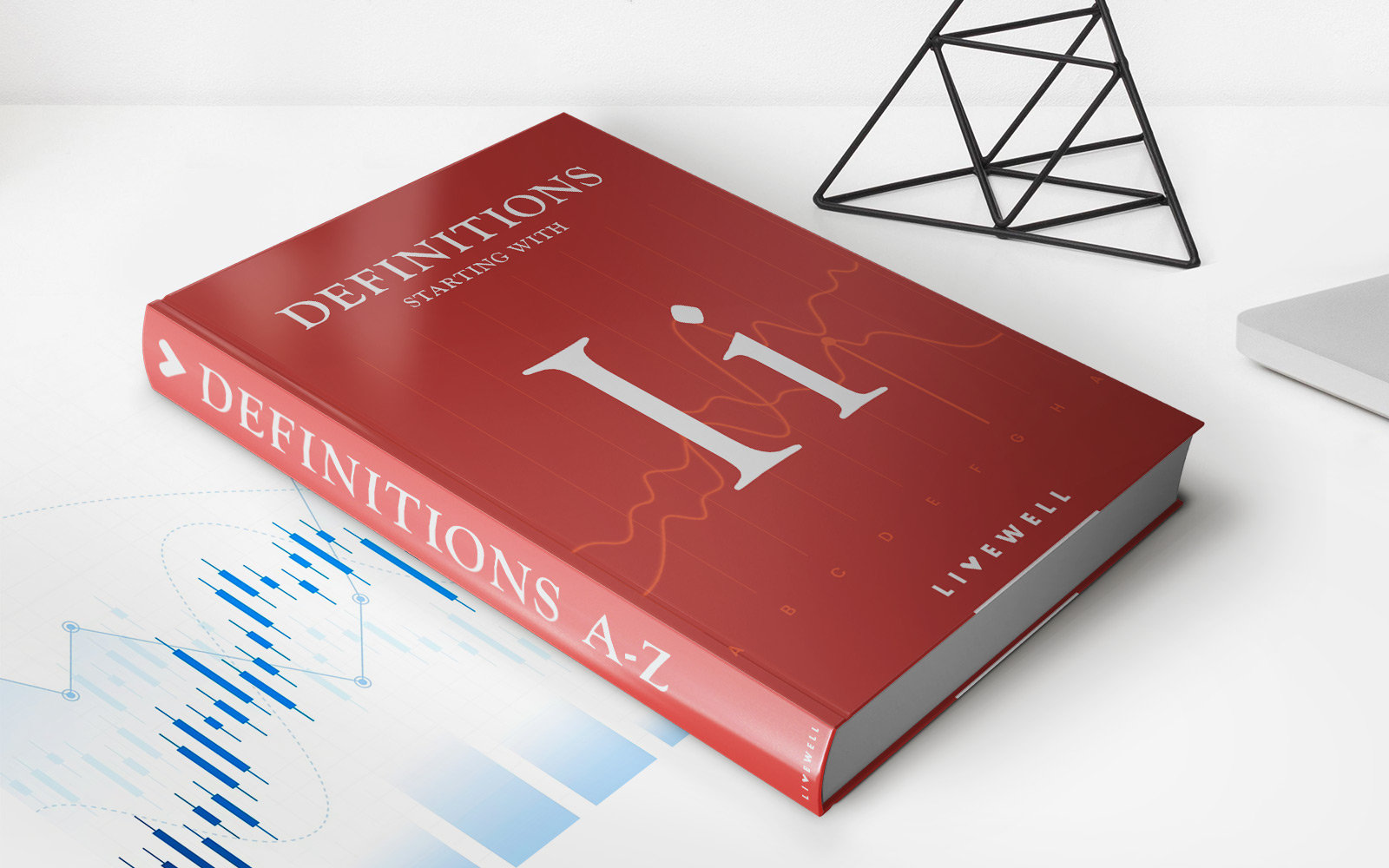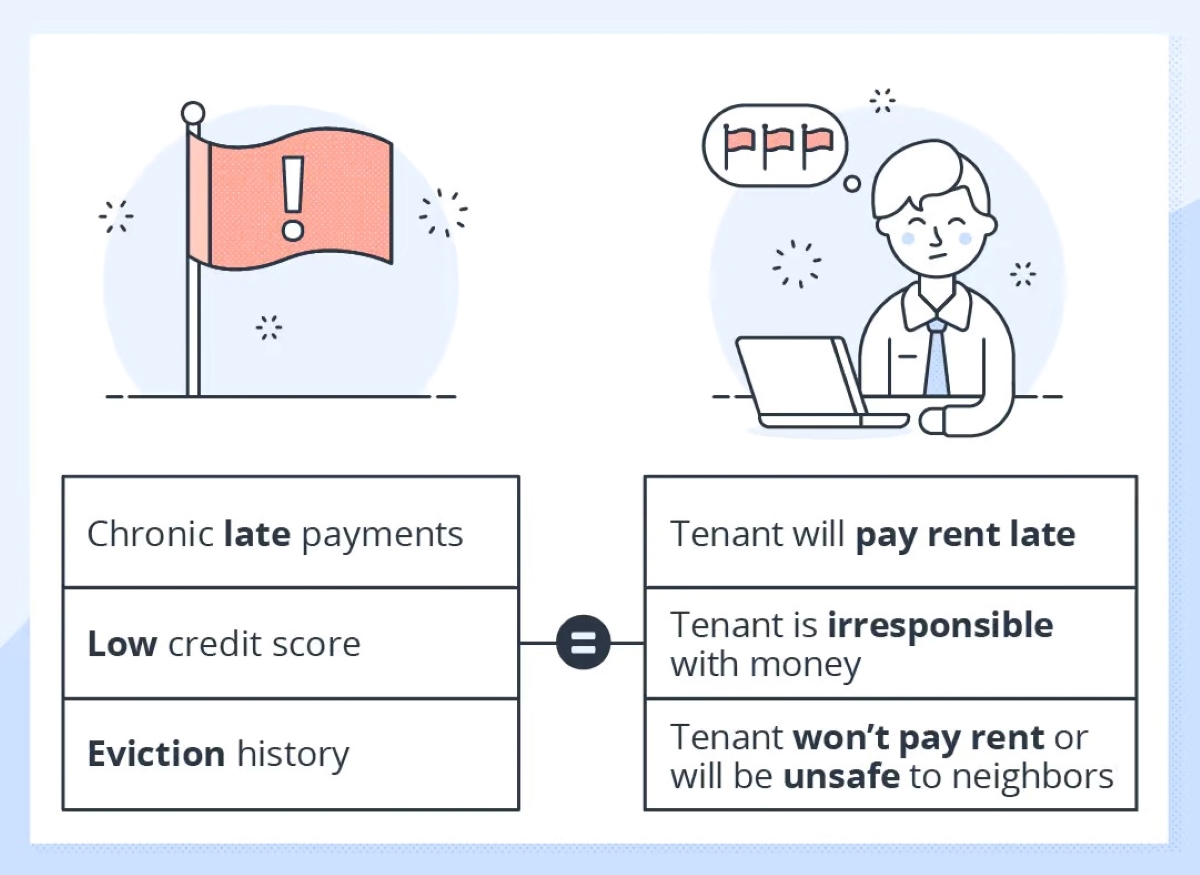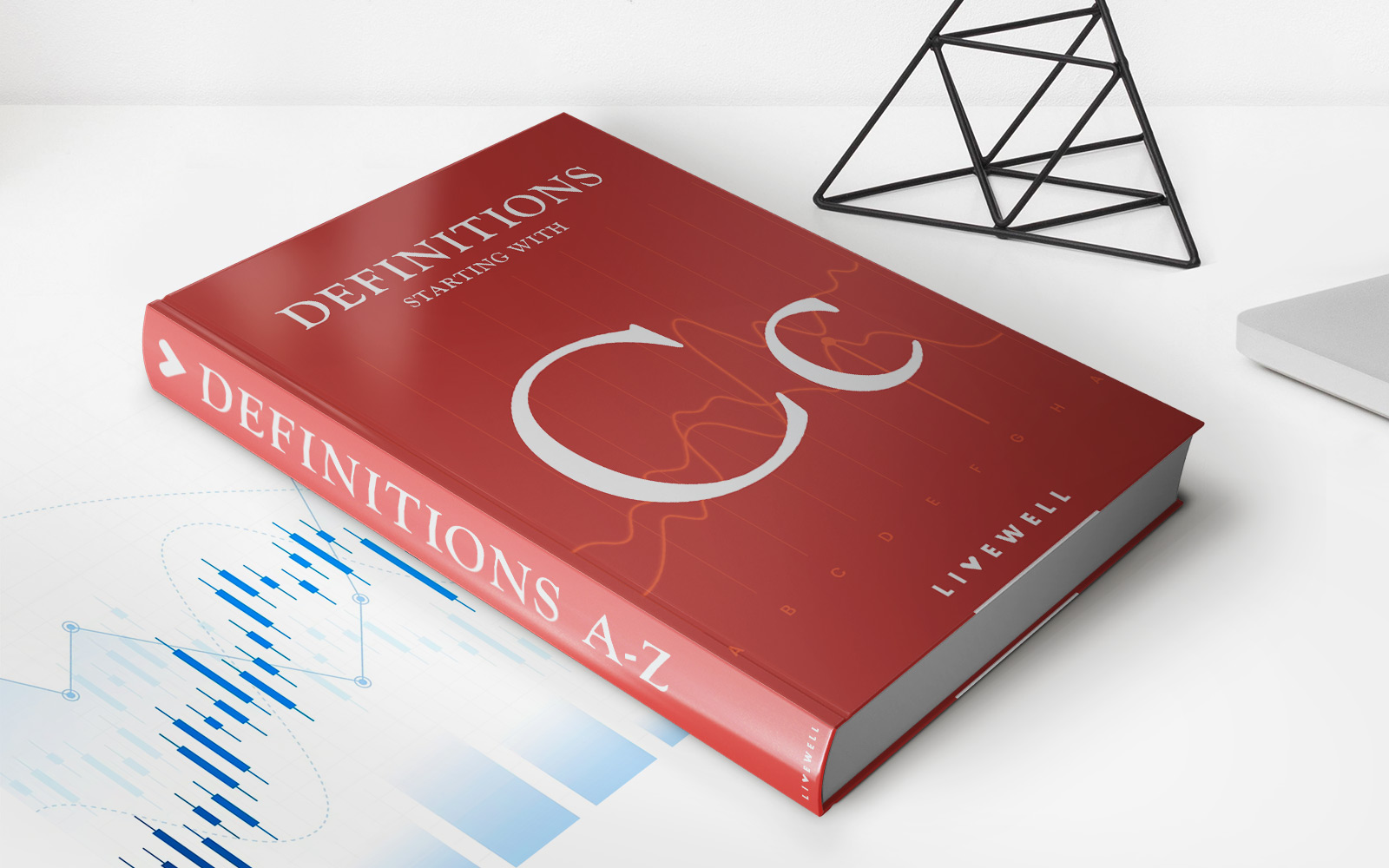

Finance
What Is Inflation Protection In Insurance?
Published: November 24, 2023
Learn about inflation protection in insurance and how it affects your finances. Find out how this feature can safeguard your financial future.
(Many of the links in this article redirect to a specific reviewed product. Your purchase of these products through affiliate links helps to generate commission for LiveWell, at no extra cost. Learn more)
Table of Contents
Introduction
Inflation is a phenomenon that affects the purchasing power of money over time. As prices rise, the value of money decreases, making it essential to protect our financial assets from the erosive effects of inflation. This is where inflation protection in insurance comes into play.
Inflation protection is a valuable feature offered in many insurance policies, including health insurance, life insurance, and long-term care insurance. It ensures that the benefits or payouts provided by the insurance policy keep pace with the rising cost of goods and services due to inflation.
Without inflation protection, policyholders could find themselves receiving inadequate benefits that do not adequately cover their expenses, especially in the long term. Inflation can have a significant impact on the affordability of healthcare, the cost of living, and the financial stability of individuals and families.
The purpose of this article is to explore the concept of inflation protection in insurance. We will delve into its definition, understand its importance, examine how it works, discuss the different types available, and explore the benefits and considerations associated with opting for inflation protection in insurance policies.
Whether you are considering purchasing a new insurance policy or reviewing your existing coverage, understanding inflation protection is crucial for making informed decisions about your financial well-being and securing the protection you need.
Definition of Inflation Protection
Inflation protection, also known as inflation indexing or inflation adjustment, is a feature offered in insurance policies to counter the impact of inflation on the value of benefits or payouts. It ensures that the policy benefits keep pace with the rising cost of goods and services over time. In essence, it is a safeguard against the eroding effects of inflation.
Without inflation protection, the purchasing power of the benefits provided by an insurance policy can gradually decline as inflation drives up the cost of living. This can lead to inadequate coverage and financial strain, especially in long-term policies such as health insurance or long-term care insurance.
Inflation protection works by adjusting the policy benefits or payouts periodically, typically using a predetermined inflation index such as the Consumer Price Index (CPI). This index reflects the average change in prices for a basket of goods and services commonly consumed by households.
By linking policy benefits to an inflation index, insurance companies aim to ensure that the benefits grow in line with inflation, providing policyholders with adequate coverage throughout the policy term. This adjustment helps address the rising costs of medical care, long-term care services, and other expenses that policyholders may encounter over time. It helps maintain the real value of the benefits, protecting individuals and families against the impact of inflation.
It is important to note that the specific terms of inflation protection can vary across insurance policies and providers. Some policies may offer automatic inflation protection as a standard feature, while others may allow policyholders to add it as an optional rider for an additional premium. Understanding the details of how inflation protection works in your specific policy is crucial for making informed decisions about your insurance coverage.
Importance of Inflation Protection in Insurance
Inflation protection in insurance is of utmost importance for several reasons. Let’s explore why it is crucial to have this feature in your insurance policies:
- Preserving purchasing power: Inflation erodes the value of money over time, which means that the same amount of money will buy less in the future. By having inflation protection in your insurance policies, you can preserve the purchasing power of the benefits or payouts you receive. This ensures that the coverage you have remains adequate and keeps up with the rising cost of goods and services.
- Long-term financial security: Many insurance policies, such as health insurance or long-term care insurance, are meant to provide coverage for several years or even decades. Inflation protection becomes especially important in such long-term policies to ensure that the benefits remain meaningful and keep pace with the increasing cost of healthcare or long-term care services.
- Protecting against unexpected expenses: Inflation protection helps protect you from the financial burden of unexpected expenses that may arise due to rising costs. Whether it’s a medical emergency, the need for long-term care, or other unforeseen circumstances, having inflation protection ensures that your insurance benefits will be sufficient to cover these expenses, even as the cost of such services increases over time.
- Peace of mind: By opting for inflation protection in your insurance policies, you can have peace of mind knowing that you have taken steps to safeguard your financial well-being. It provides you with a sense of security and assurance that your insurance benefits will not lose their value due to inflation, allowing you to focus on other aspects of your life without worrying about inadequate coverage.
Overall, inflation protection plays a vital role in ensuring that your insurance coverage remains relevant, meaningful, and effective in the face of inflation. It provides you with the confidence that your insurance benefits will keep up with the rising costs of goods and services, allowing you to maintain your financial security and peace of mind in an ever-changing economic landscape.
How Inflation Protection Works
Inflation protection works by adjusting the benefits or payouts provided by an insurance policy to keep up with the rising cost of goods and services due to inflation. Let’s explore the key aspects of how inflation protection works:
- Indexing to an inflation measure: Insurance policies with inflation protection are typically tied to an inflation index, such as the Consumer Price Index (CPI). These indices reflect the average change in prices over time. The benefits or payouts of the policy are adjusted periodically based on the percentage increase in the selected inflation index.
- Adjustment frequency: The frequency at which the benefits are adjusted can vary depending on the policy and the insurance company. Some policies may provide annual adjustments, while others may offer adjustments every few years. The adjustment frequency is determined by the terms and conditions of the policy.
- Calculation methodology: The specific formula used to calculate the adjustment can vary. It is typically based on the percentage increase in the chosen inflation index during the adjustment period. For example, if the inflation index has increased by 3% since the last adjustment, the insurance benefits will be increased by that percentage to keep up with inflation.
- Compound versus simple interest: Inflation protection can be applied using compound interest or simple interest. With compound interest, the adjustment is made based on the accumulated impact of inflation over time. This ensures that the benefits grow at a compounded rate, providing a more accurate reflection of the rising costs. With simple interest, the adjustment is made based on the most recent percentage increase in the inflation index.
- Policyholder participation: Some insurance policies may offer different options for inflation protection, allowing policyholders to choose the level of inflation adjustment they prefer. This can be a useful feature, as it allows individuals to tailor their policy to their specific needs and preferences.
It is important to note that the specific details of how inflation protection works can vary across insurance policies and providers. Reading the policy documents carefully and consulting with your insurance agent or representative will help you understand the exact workings of inflation protection in your specific policy.
By incorporating inflation protection into insurance policies, insurance companies aim to ensure that the benefits provided to policyholders remain relevant and effective in the face of inflation. This adjustment mechanism helps policyholders maintain the purchasing power of their benefits over time and provides them with the financial security they need in an ever-changing economic environment.
Types of Inflation Protection in Insurance
Insurance companies offer different types of inflation protection options to cater to the diverse needs and preferences of policyholders. Let’s explore some common types of inflation protection available in insurance policies:
- Automatic Cost-of-Living Adjustment (COLA): This type of inflation protection is automatically built into the policy and provides periodic adjustments based on a specified inflation index. The benefit payouts increase along with the increase in the selected index, ensuring that the coverage keeps pace with inflation.
- Fixed Percentage Increase: Under this type of inflation protection, the policyholder can choose a fixed percentage increase for their benefits each year. This percentage increase is applied regardless of the actual rate of inflation, providing a consistent level of inflation protection.
- Option to Purchase Additional Coverage: Some insurance policies may offer the option to purchase additional coverage in the future. This allows policyholders to increase their coverage to keep up with rising costs without having to go through the underwriting process again.
- Indexed Premiums: In addition to inflation protection for benefits or payouts, some insurance policies may offer indexed premiums. This means that the premiums paid by the policyholder increase over time to keep pace with inflation. This helps ensure that the policy remains affordable and provides adequate coverage as the cost of living rises.
- Flexible Inflation Protection: Some policies provide flexibility by allowing policyholders to choose the level of inflation protection they want. This may include a range of options such as different inflation indices, adjustment frequencies, or percentage increases, giving individuals the ability to customize their coverage based on their specific needs and preferences.
The availability of these inflation protection options can vary depending on the type of insurance policy and the insurance company. It is important to carefully review the policy documents and discuss with your insurance agent or representative to understand the specific inflation protection options available to you.
Choosing the right type of inflation protection is a crucial decision, as it can significantly impact the effectiveness and adequacy of your insurance coverage over time. Consider factors such as your budget, long-term financial goals, and the projected impact of inflation when selecting an inflation protection option that best suits your needs.
Benefits of Inflation Protection in Insurance
Inflation protection in insurance offers several key benefits that contribute to the overall financial security and peace of mind of policyholders. Let’s explore the advantages of having inflation protection in your insurance policies:
- Preservation of purchasing power: The primary benefit of inflation protection is the preservation of the purchasing power of your insurance benefits. By adjusting the benefits or payouts to keep up with inflation, insurance companies ensure that the coverage remains adequate over time. This protects policyholders from the erosion of the value of their benefits due to rising costs.
- Long-term financial security: Many insurance policies, such as health insurance or long-term care insurance, are designed to provide coverage over an extended period. Inflation protection is particularly crucial in such long-term policies, as it helps maintain the real value of the benefits over time. This ensures that policyholders have the financial security they need, even as the cost of healthcare or long-term care services increases.
- Cost management: Inflation protection helps policyholders manage the rising costs of goods and services. By ensuring that the benefits keep pace with inflation, individuals and families can better anticipate and plan for future expenses. This can alleviate financial stress and uncertainty, allowing for better budgeting and financial management.
- Protection against unexpected expenses: Inflation protection safeguards policyholders from the financial burden of unplanned expenses. It ensures that the benefits or payouts are sufficient to cover the increasing costs of medical care, long-term care services, or other unforeseen circumstances. This provides a safety net in case of unexpected events, reducing financial stress during challenging times.
- Peace of mind: Having inflation protection in insurance policies offers peace of mind to policyholders. It provides reassurance that the coverage will remain relevant and effective, regardless of the inflationary pressures on the economy. Policyholders can have confidence in their insurance benefits, knowing that they have taken steps to protect their financial well-being in the face of inflation.
By incorporating inflation protection into insurance policies, policyholders can enjoy these significant benefits. It helps maintain the real value of insurance benefits, provides long-term financial security, and offers greater peace of mind when it comes to managing the rising costs of goods and services. It is essential to carefully evaluate the inflation protection options available in your insurance policies and choose the one that best aligns with your financial goals and needs.
Considerations when Choosing Inflation Protection
When selecting inflation protection for your insurance policies, there are several key considerations to keep in mind. These factors will help you choose the most suitable option that aligns with your financial goals and needs. Let’s explore these considerations:
- Policy type: The type of insurance policy you have will influence the available options for inflation protection. Different policies, such as health insurance, life insurance, or long-term care insurance, may offer varying levels of inflation protection. Consider the specific needs and characteristics of your policy when evaluating your options.
- Cost: It’s important to assess the cost implications of adding inflation protection to your insurance policy. Inflation protection may come with an additional premium, so you need to evaluate whether the added cost is reasonable and affordable for you in the long run.
- Adjustment frequency: Consider how frequently you want the benefits or payouts to be adjusted for inflation. Some policies offer annual adjustments, while others may have longer intervals between adjustments. Reflect on your financial goals, the expected rate of inflation, and the impact of inflation on the specific expenses your policy covers.
- Percentage increase: If you have the option to choose a fixed percentage increase, consider the projected rate of inflation and your specific needs. A higher percentage increase may provide stronger protection against inflation but could come with a higher premium. Balance your desired level of protection with your financial capabilities.
- Flexibility: Evaluate the flexibility offered by different inflation protection options. Some policies allow you to customize the level of inflation protection, giving you the freedom to select the most appropriate option. This can be particularly beneficial if your needs or circumstances change over time.
- Policy duration: Consider the duration of your insurance policy and the potential impact of inflation over that period. Longer-term policies, such as life insurance or long-term care insurance, may require more robust inflation protection to maintain the value of benefits over an extended period.
It’s essential to carefully review the terms and conditions of your insurance policy, including the specific details of the offered inflation protection. This will help you make an informed decision about the level and type of inflation protection that best suits your needs. Consulting with your insurance agent or representative can provide valuable insights and guidance as you navigate these considerations.
By considering these factors, you can choose the most appropriate inflation protection option for your insurance policies, ensuring that you have the necessary coverage to mitigate the impact of inflation and secure your financial well-being.
Conclusion
Inflation protection in insurance is a vital feature that helps safeguard the purchasing power of benefits or payouts over time. As prices rise due to inflation, insurance policies without inflation protection can gradually lose their value, leaving policyholders with inadequate coverage. By incorporating inflation protection into insurance policies, individuals and families can ensure that their coverage remains meaningful and effective in the face of inflationary pressures.
Throughout this article, we’ve explored the definition of inflation protection, its importance in insurance, and how it works. We’ve discovered the various types of inflation protection available, including automatic cost-of-living adjustments, fixed percentage increases, and options for additional coverage. We’ve also examined the benefits of inflation protection, such as preserving purchasing power, providing long-term financial security, managing rising costs, protecting against unforeseen expenses, and offering peace of mind.
When selecting inflation protection for your insurance policies, it is essential to consider factors such as the policy type, cost implications, adjustment frequency, percentage increase, flexibility, and policy duration. Careful evaluation of these factors will help you make an informed decision, ensuring that you choose the most suitable option that aligns with your financial goals and needs.
Ultimately, inflation protection plays a crucial role in maintaining the relevance and effectiveness of insurance coverage. It helps policyholders navigate the impact of inflation and ensures that their benefits or payouts keep up with the rising cost of goods and services. By opting for inflation protection, individuals and families can secure their financial well-being, gain peace of mind, and face the future with greater confidence.
As trends in the economy and inflation rates continue to evolve, it is important to review your insurance policies periodically and assess whether your inflation protection is keeping pace. Stay informed, stay prepared, and make the necessary adjustments to protect your financial security in an ever-changing world.














